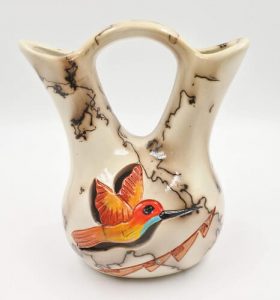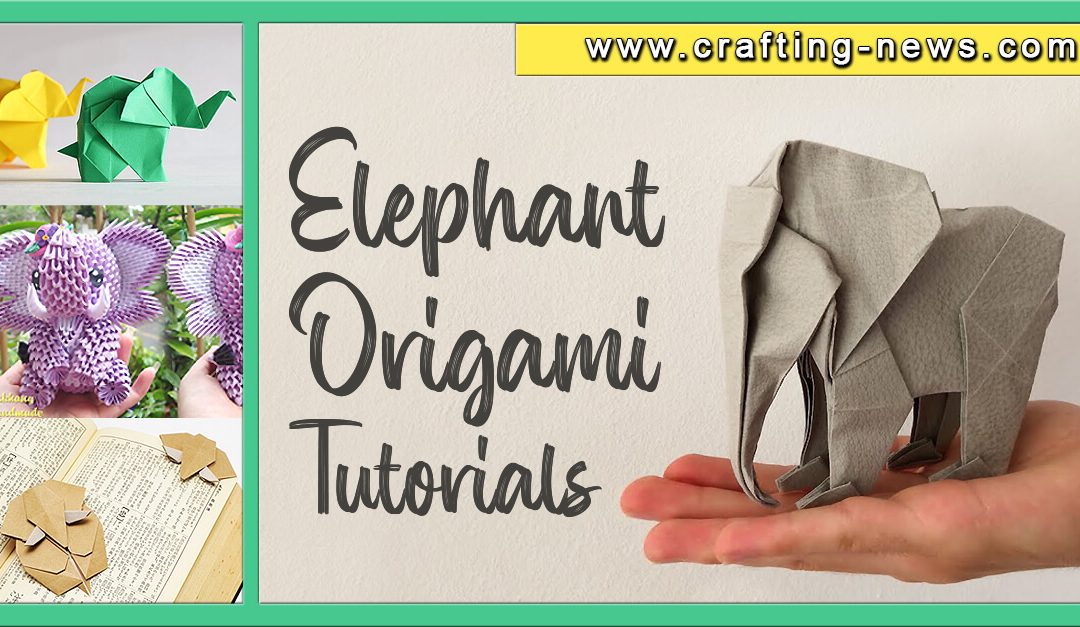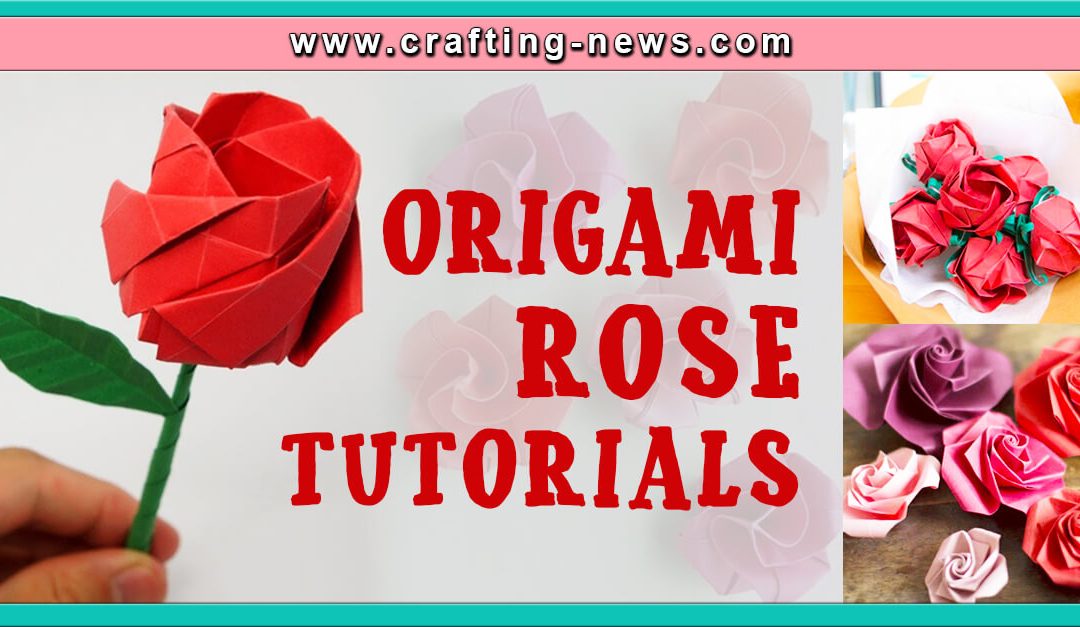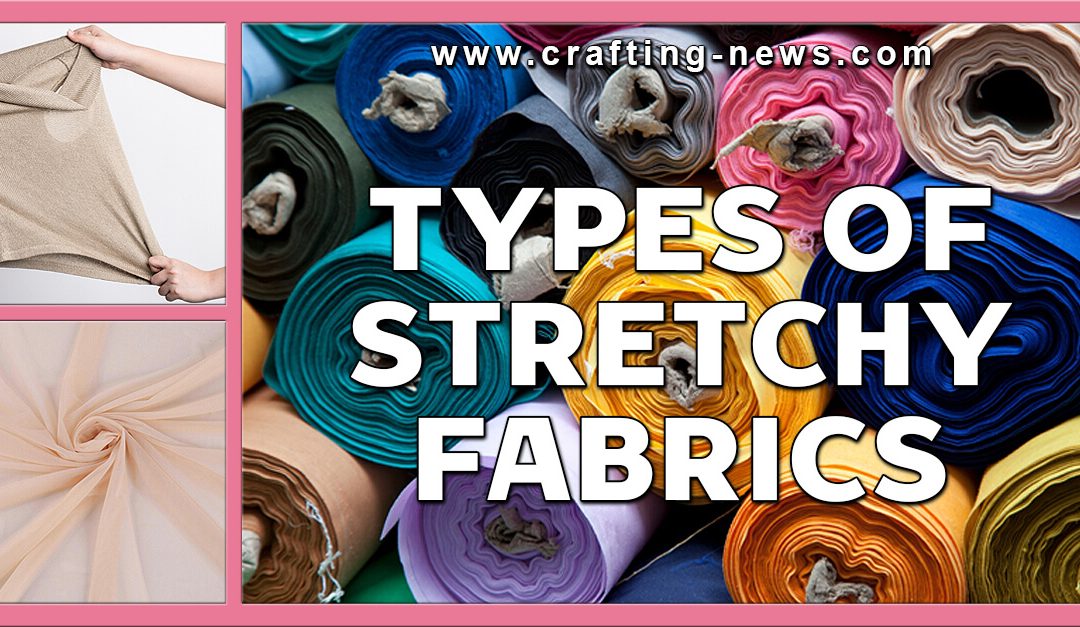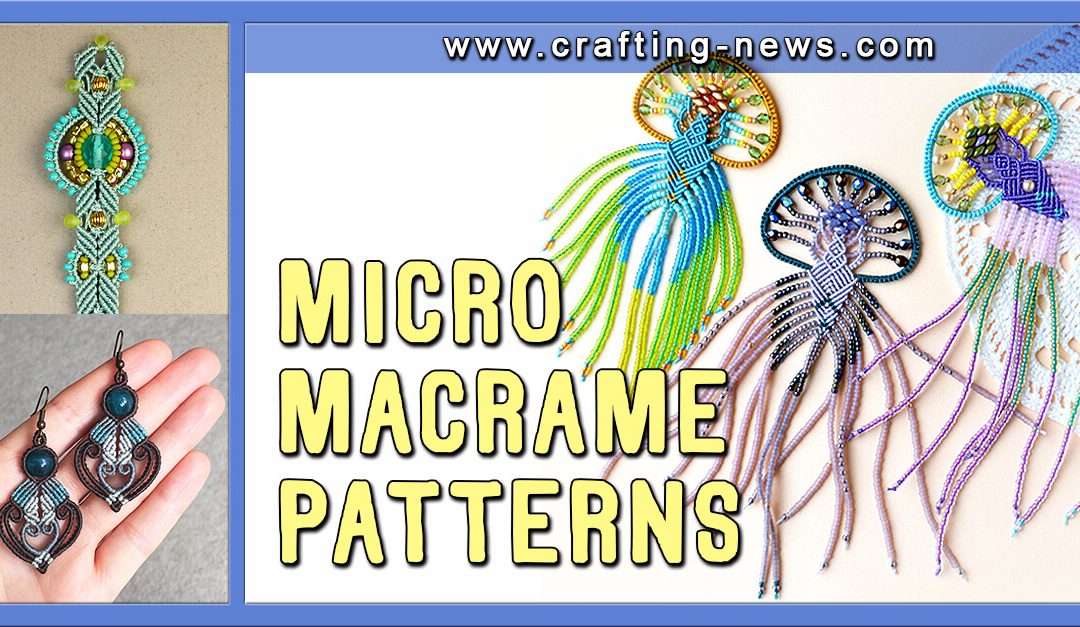If you have been creating pottery, you have probably heard of horse hair pottery. And yes, it actually involves the use of horsehair.
Creating pottery can be relaxing and therapeutic. When you are creating art, you are able to focus on your creation and remove stress from the outside world. It is an activity that enables you to improve your focus and release your creativity.
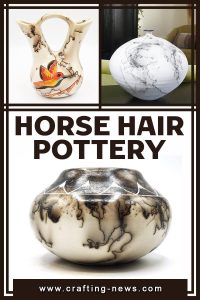
What is Horse Hair Pottery?
Horse hair pottery is a technique used in the decoration of ceramic pottery. The method involves the application of horse hairs from the tail or mane onto the surface of the hot pottery. When the hair is placed onto the hot surface, it immediately burns and infuses into the ceramic.
When dropped onto the hot surface the hair will squiggle, creating a unique design. No horse hair pottery design can be exactly replicated. Horse hair pottery is a unique and one of a kind art technique.

Choosing Between the Mane and Tail
The tale hairs and mane hairs will have a different outcome. Depending on the design you are trying to create, you will want to choose between mane or tail or use a combination of both. One piece of horse hair pottery will generally use between 10 to 20 hairs.
- Mane Hairs
When a mane hair is placed on the hot surface, it will produce a fine line.
- Tail Hairs
Tail hairs are thicker and will produce a thicker, stronger line.
What Type of Pottery is Used in Horse Hair Pottery?
Horse hair pottery is best created with raku. For the carbon from the horse hair to mark the surface, the surface must be porous. Since the pottery is porous, it is also fragile, it is not functional.
However, some people do use glazing techniques that help to make it more functional. But the general consensus is horse hair raku wear is for decorative purposes only. It should not be used for food or water.
Process of Creating Horse Hair Pottery
The horse hair pottery process normally involves:
- The piece of pottery is created.
- It is then burnished.
- The pottery is fired in a raku kiln, between 1300 F and 1800 F.
- When the pottery reaches the correct temperature, the incandescent pottery is carefully removed from the kiln. Be sure to use long raku tongs or any protective gear.
- It is placed on a safe surface that will not be damaged by the heat.
- Immediately, the horse hairs are placed onto the pottery.
- Once it has cooled, the residue is washed off.
- Lastly, it is waxed with a good paste wax. This will make the carbon design stand out from the background.
Using the horse hair pottery technique, you can create beautiful works of art.
Horse hair pottery is becoming extremely popular. Even though it has been created by Native Americans for centuries. If you have not tried it yet, you should. The results you will get with the simple application of horse hair are stunning.
These handmade pieces of pottery make the perfect gifts for holidays or weddings. If you are looking for a new pottery technique that will turn heads and amaze your friends, horse hair pottery is a perfect choice.
If you’re up for more craft-related projects, be sure to see our round-up of DIY Yarn bowl Ideas and you can check out more fun project ideas here!


